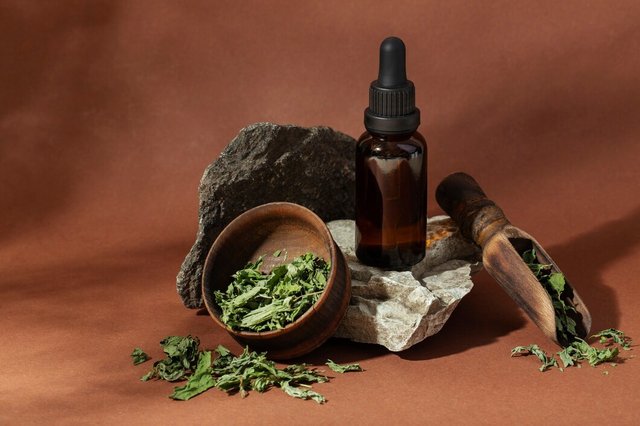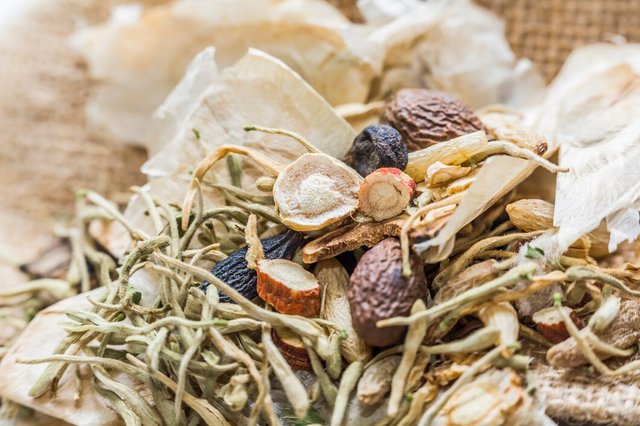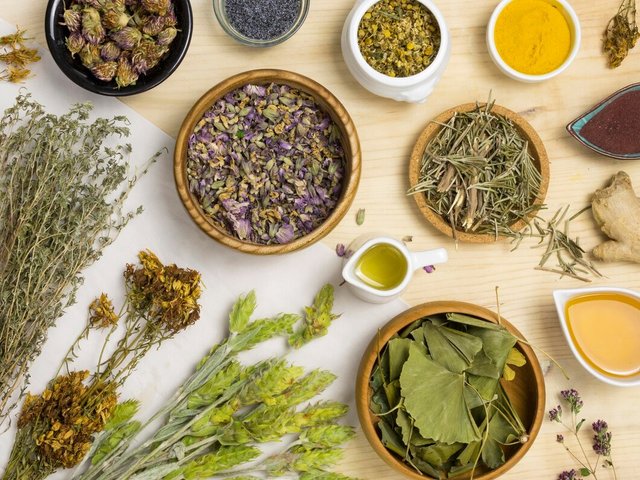QSLC S21 Week 1 - A Comprehensive guide to Herbal Medicines
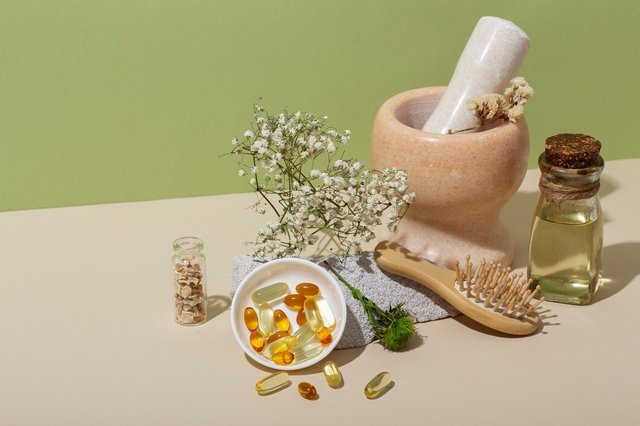
Though herbal medications give many health benefits, certain precautions need to be exercised to avoid its risks. Allergic reaction is also another concern, and herbs such as chamomile and ragweed cause an allergic reaction in some individuals. However, in order not to bring on complications, starting with small dosages should be advised so that body response is monitored.
Herbal remedies can also interact with modern medications. For instance, St. John's Wort can lower the effectiveness of antidepressants and birth control, while garlic and ginger may increase the risk of bleeding if combined with blood thinners. Therefore, it is crucial to see a healthcare provider before mixing herbs with medications.
Proper dosage and duration of use are equally important. While herbs such as chamomile can be safely used in the long term, others such as echinacea should be used for only a short term. Pregnancy or breastfeeding and chronic conditions require professional advice.
Herbal and modern medicines differ in source and approach. Herbal medicines use ingredients found in nature, be it plants, roots, and minerals, which can treat the whole person, whereas modern medicine relies upon synthetic drugs created in laboratories, targeted to a specific symptom or disease.
Generally, herbal remedies are slower acting but with fewer side effects. Therefore, they are apt for long-term health management. Modern medicine, however, acts fast, a fact that is important during emergencies but may cause more severe side effects and, at times, dependency.
Generally, herbal medicines are cheaper and more accessible. The herbs can easily be grown in the house while modern medicine is very controlled, requiring prescriptions, which makes it more reliable but at times expensive. They both complement each other according to the kind of medical need.
Herb Identification: Mint, Ginger, and Turmeric
- Mint: Mint has dark green, smooth leaves with a refreshing aroma. It helps digest food, reduces gas, and is antibacterial. Mint is used in teas, salads, and beverages to soothe.
- Ginger It is a knobby aromatic root with light brown skin and yellow flesh. Having anti-inflammatory and antioxidant attributes, it helps with nausea and colds and sore throat as well. It can be made fresh, in tea form, or as a powdered ingredient in various dishes.
- Turmeric: A bright orange-yellow root with a peppery aroma that is used most as spice, the active compound curcumin offers anti-inflammatory and antioxidant benefits. This herb supports immune function; it is consumed both as teas and curries or as supplements.
- Fresh herbs- These are the unprocessed plant parts, like roots or leaves or flowers- fresh herbs are used directly in cuisines, teas, etcetera. For instance, fresh mint leaves prepared with tea or ginger for eating. Fresh herbs contain their oil from nature and have great fragrances but do not remain fresh for long.
- Dried herbs: Dried or dehydrated parts of a plant help stretch the life and usability of them. These include teas, powders, or capsules. It could be put into tea for instance dried chamomile flowers or it's turmeric powder to use in cooking and for medication. Nuts retain most of their nutrients when dried, but potency is reduced slightly.
Extracts and oils: These are concentrated herb forms, extracted by the use of alcohol or oils. Tinctures and essential oils provide high therapeutic potency. For instance, peppermint oil can cure headache, and herbal tinctures are used to fasten the absorption of the active compounds.
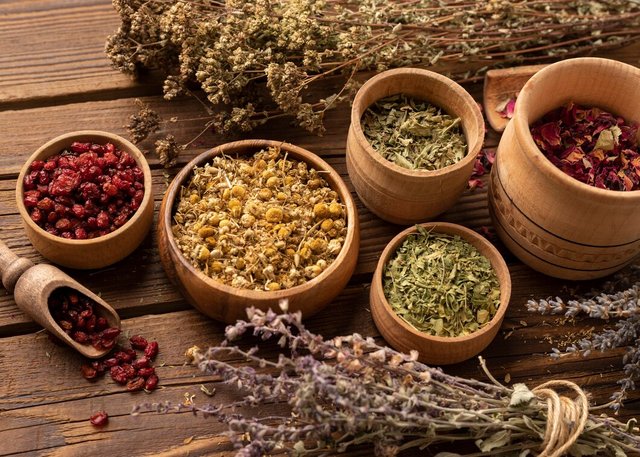
Safety Report about Herbal Medications
Herbs are natural products requiring proper usage to avoid undesired effects. Allergies are a common form of concern; herbs include those like chamomile and ragweed, known to cause reactions in most people. In order to avoid risks, use minute quantities and watch for bad reactions.
Interactions can also be viewed with herbs and medications. For example, a plant called St. John's Wort may interact with antidepressants as well as certain birth controls, which would cause the potency of those drugs to be possibly lowered, or garlic and ginger may cause increased risk of bleeding if taken with blood thinners. A healthcare professional should always be consulted before combining herbal remedies with prescribed drugs.
The dose and the period for usage must be appropriate for safety. For example, a long period of using an herb is safe in its long-term use, but not with all herbs, as short-term relief is given in the case of some like echinacea. Caution should be exercised if one is pregnant or nursing or has a chronic medical condition.

